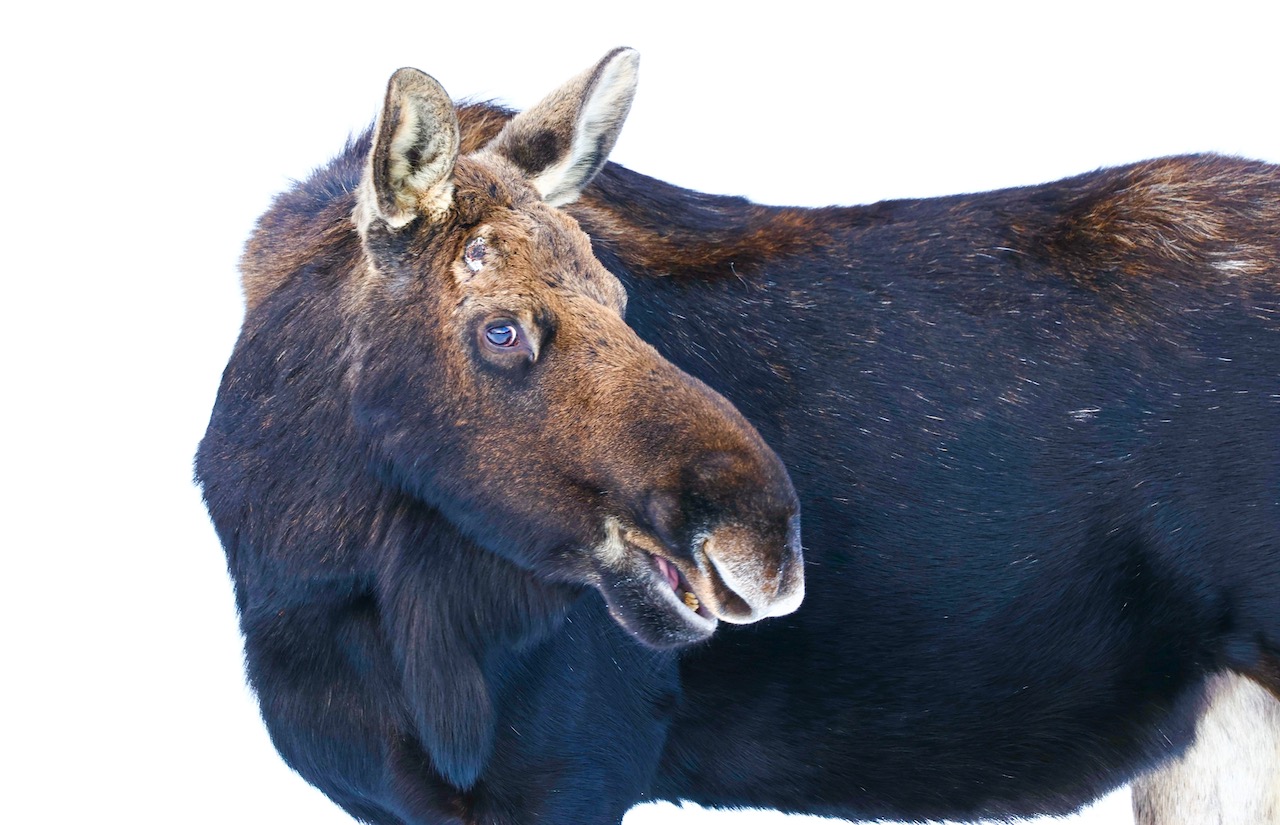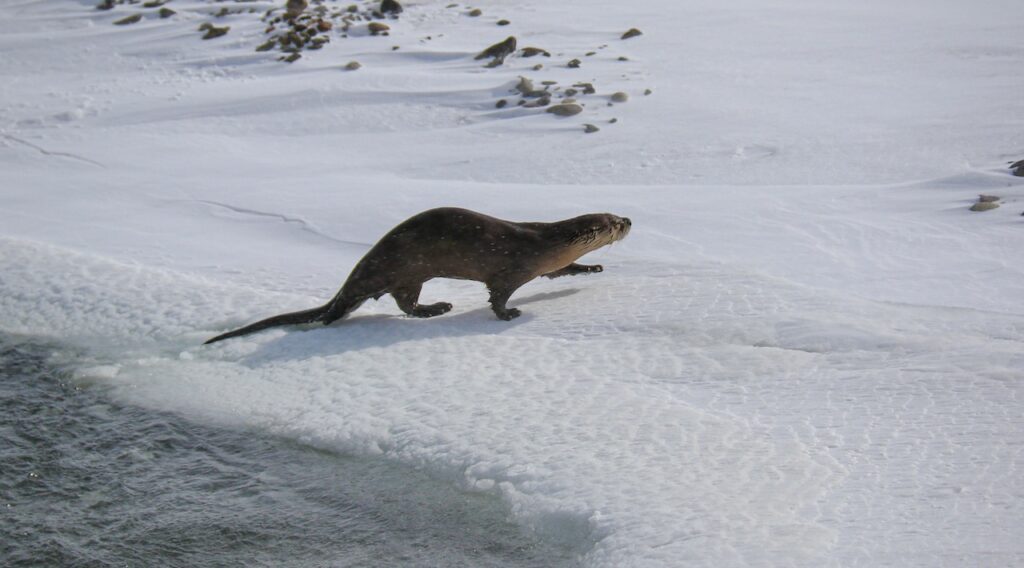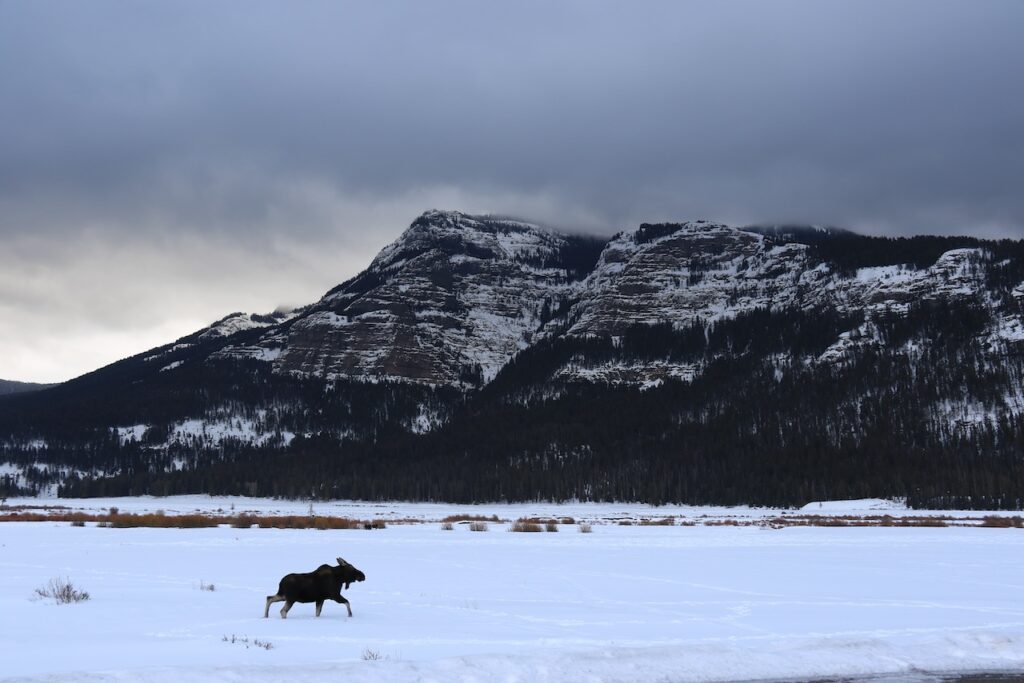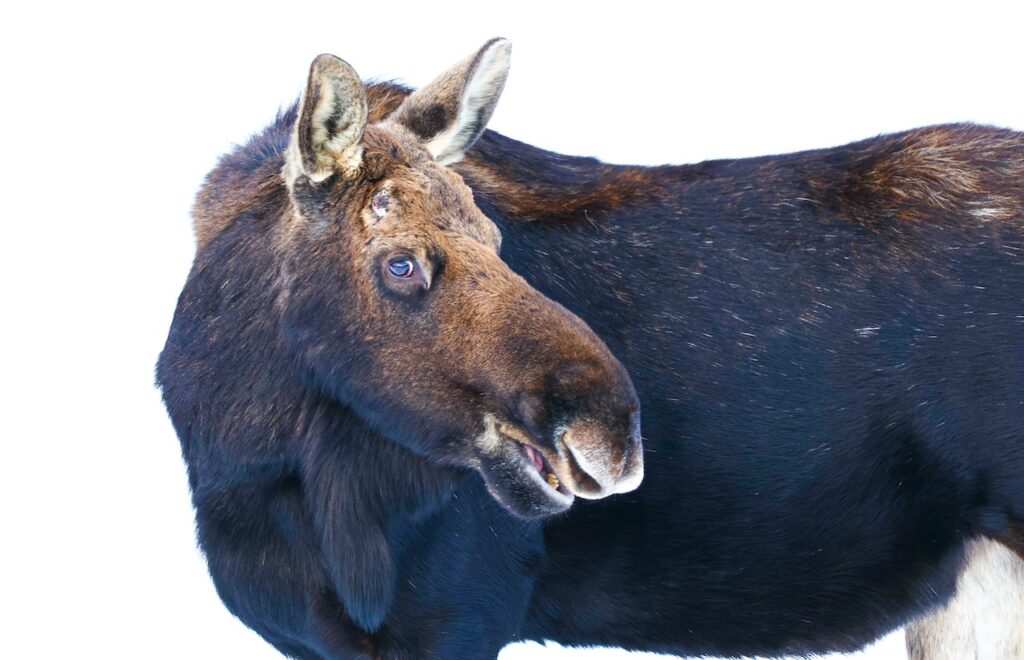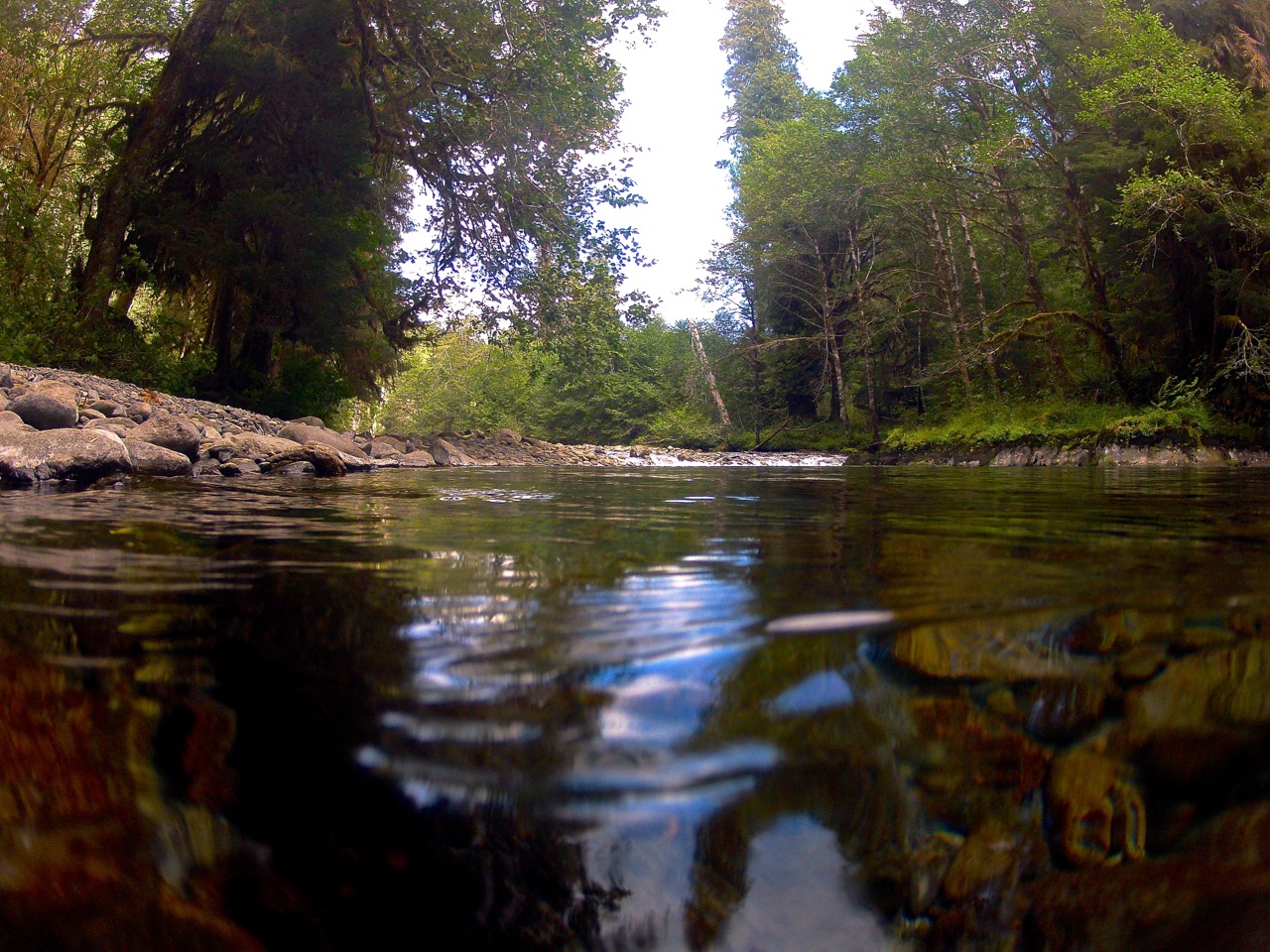In the heart of Yellowstone National Park, nature’s drama unfolds amidst stunning landscapes. Embarking on a journey through the mesmerizing scenery of Yellowstone National Park presents the opportunity to encounter some of its charismatic wildlife. Among the park’s notable inhabitants are the majestic moose and the agile river otters, each contributing to the rich tapestry of Yellowstone’s diverse ecosystem.
As visitors traverse the park’s meandering routes and witness the splendor of its pristine lakes and rivers, the chance to observe moose in their natural habitat and catch glimpses of playful otters becomes a captivating and unforgettable experience. This article invites readers to delve into the enchanting world of Yellowstone National Park, where the encounters with moose and otters add a fascinating wildlife dimension to the awe-inspiring scenery.
So where can you see moose and otters? Contrary to popular thinking, spotting moose and otters is no easy feat. I can attest that it is easier to see wolves and bears consistently than to spot moose and otters in Yellowstone. I would love to give a location and say, “Here they are!” but that isn’t how wildlife in the wilderness works.
I can, however, give you some tips and information to help give you the best chance to see them.
Elevate your adventure with our comprehensive wildlife-watching guidebook – the key to unlocking the secrets of Yellowstone’s untamed beauty and making your journey truly unforgettable.
Otter Extravaganza
Playful Paws by the Riverside
From playful riverbank frolics to swift swims, Yellowstone’s river otters bring happiness to those fortunate enough to spot them. However, seeing a river otter in Yellowstone is often much harder than seeing a wolf. If you do want to see an otter, you’ll have to work hard for it or be incredibly lucky.
The Yellowstone River Otter measures between 40 and 54 inches in length and weighs between 10 and 30 pounds. These otters are a year-round presence, exhibiting heightened activity during the early morning and evening hours. With remarkable swimming ability, they can navigate underwater at speeds of up to 6 miles per hour and possess the capacity to hold their breath for 2-3 minutes. As members of the weasel family with a strong affinity for aquatic environments, Yellowstone River Otters primarily consume crayfish and fish, but their diet also includes frogs, turtles, as well as young muskrats and beavers.
Where in the Park Are Otters Located?
While otters can be spotted in pretty much any waterway in the park, there are a few locations where you’ll have a better chance of seeing them. While this is by no means an exhaustive or set-in-stone list of where you may see them, this should help get the ball rolling.
Trout Lake: Located north of Soda Butte Creek, Trout Lake is one of the best spots to see otters in late spring and early summer. While absent from the lake the majority of the year, otters head to the lake when cutthroat trout start to spawn. Spawning usually occurs after peak runoff in mid to late June.
The Confluence: The confluence of the Lamar River and Soda Butte Creek is a decently dependable spot to see otters in the winter. While they do not hang out here all winter, they do tend to visit this region, or up and downstream of it, for a week or two each cold season. You may also see otters in the Lamar River from the roadside pullouts in Lamar Valley.
During the summer months, otters are spread throughout the park, often by the Madison River between Seven Mile Bridge and Nine Mile Hole, near Mt. Haynes, the West Thumb, along the Yellowstone River near the 5-mile marker in Hayden Valley, Trout Creek, on the banks of Soda Butte Creek, and where DeLacy Creek empties into Shoshone Lake.
Moose Majesty Unveiled
Discover the Grandeur of Yellowstone’s Moose
There is nothing quite like being in the awe-inspiring presence of moose. These giants of Yellowstone are some of the iconic creatures of the park, never failing to bring excitement when one is spotted. If you are like me, you’ll want to witness a moose in a meadow, peacefully grazing in an idyllic surrounding. Despite how large these colossal herbivores are, they are hard to locate. In the summer, they tend to roam far from the roads and linger in the higher elevations. That isn’t to say you won’t see a moose in Yellowstone over the summer, it is just that it will be rare.
The easiest way to see a moose in Yellowstone is to drive to Grand Teton National Park. While this is somewhat of a joke, there is a lot of truth to it. Moose are much more prevalent there and are more commonly seen. Despite the huge size of Yellowstone National Park, there are fewer than 200 moose that call the park’s lands home. Their population has declined in the past 40 years due to the loss of old-growth forests surrounding the park, forest fires destroying their habitat, hunting, and predators.
Yellowstone’s moose, both bulls and cows, impressively weigh around 1,000 and 900 pounds, respectively, standing at heights of 5.5 to 7.5 feet at the shoulder. Typically solitary or in small family groups, Yellowstone’s moose have a lifespan of up to 20 years. Bull moose shed and regrow their antlers annually, losing them around January and regrowing them in April or May. During late September and early October, moose enter their mating season, leading to the birth of one or two calves per pregnant cow in late May or June.
Where in the Park Are Moose Located?
Again, I wish I could point you to a spot on a map and say “Go here!” but I can’t. What I can do is give a few spots where I have had the most luck.
Round Prairie near Pebble Creek: This area is a moose haven in the true winter months. More often than not, a few bull moose will congregate around the area and feed. Once the snow melts, these moose head up the mountains and vanish from sight.
During the winter, moose also tend to seek refuge in strategic locations around Elk Creek, and the willows along Soda Butte Creek east of Lamar Valley. I have also seen a few moose closer to Mammoth in the winter, but that is rare.
For optimal moose sightings in the summer months, the Gallatin Mountain Range south of Mammoth, the Tower Area, and the northwest corner of Yellowstone along Pebble Creek and near Cooke City are top recommendations. You may see them elsewhere in the park, but that is usually just a matter of perfect timing and luck.
Finally
Yellowstone National Park, a haven for biodiversity, offers an unparalleled opportunity to witness the enchanting lives of otters and the majestic presence of moose. Even if rare, seeking out these remarkable creatures is worthwhile. The worst thing that will happen is that you won’t see them, but you’ll still get to enjoy the landscapes and other wildlife of the park.
Don’t miss the chance to elevate your experience with our wildlife-watching guidebook – your personal guide and companion finding Yellowstone’s untamed wildlife.

